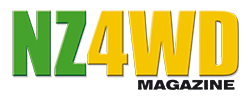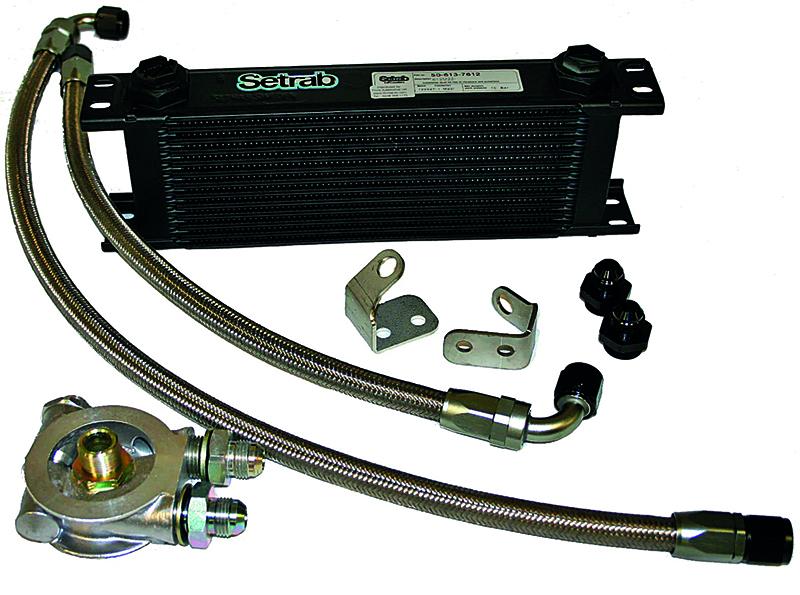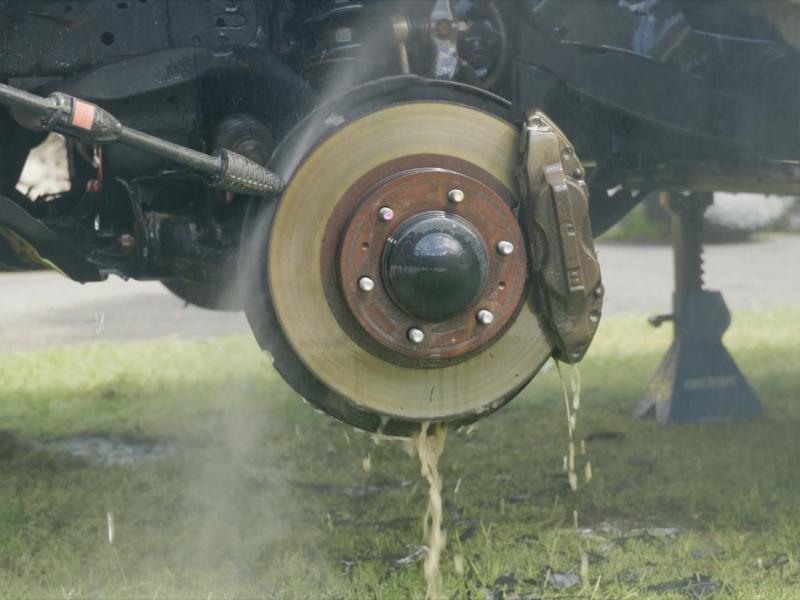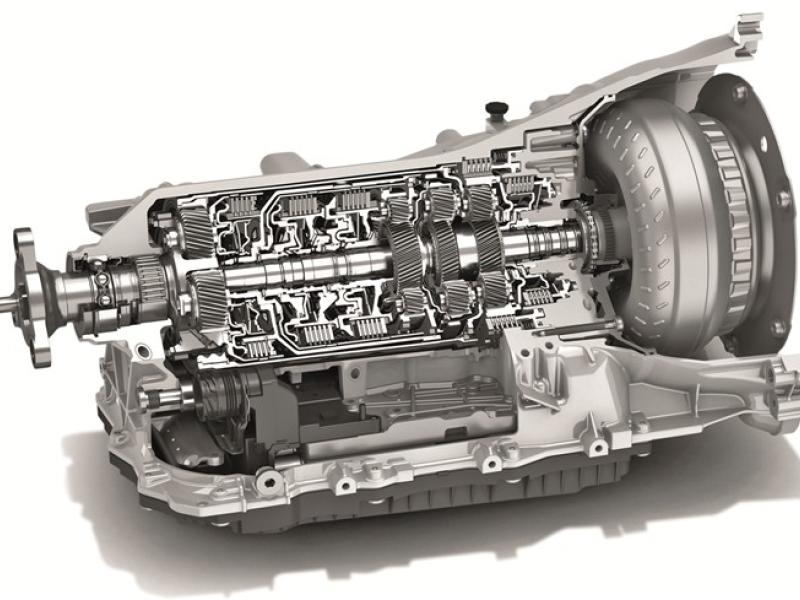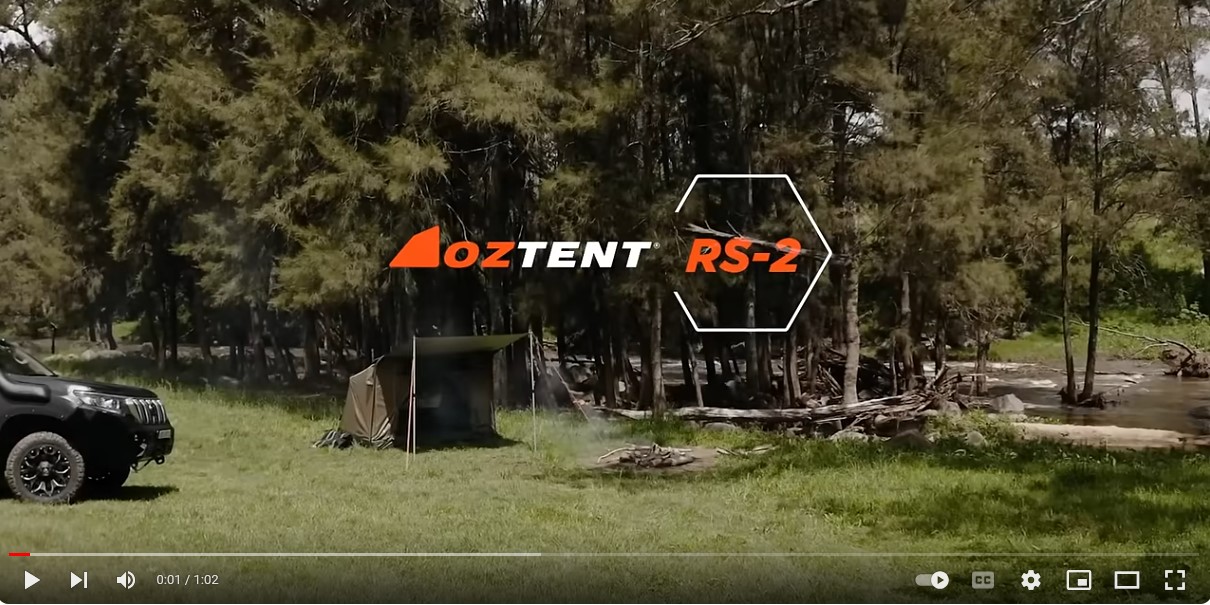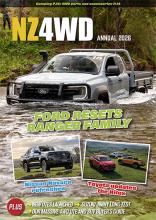Hard-working engines and transmissions place huge strain on lubricants.
In the 4WD world, there’s additional stress from mud-plugging, low speed climbs, towing a big off-road caravan or boat.
Because a 4WD tests many components to extremes, it can be tricky to keep components working.
Enemy number one is heat. An engine should run between 100-110 degrees C; a transmission needs to run below 100 degrees C. The only way to deal with excess heat is to fit an aftermarket cooler. Unfortunately, very few vehicles have engine or transmission oil temperature gauges, so the first warning of a problem is likely to be a whiff of hot burned oils followed by a spray of steam-hot lube out the breather.
A transmission is expensive to replace – $10,000 or more. That pales into insignificance beside a cooked engine though – try $50,000 or more.
Adding cooling is relatively simple. Think of it as life insurance. Spending a few hundred dollars for an oil cooler is simply good sense if the vehicle is going to be working hard.
So: DIY or DIFM? It’s fairly easy work, but for the time-poor or those who fear drilling through the radiator (!) a local workshop might be safer.
The actual coolers are not expensive at all, and many manufacturers offer kits for specific vehicles with all the hoses, clips
and fittings needed.
Mount the new cooler solidly. Most kits include mounting hardware, but if going fully DIY, it’s an idea to use exhaust system ‘cotton reel’ rubber mounts bolted to the cooler and to solid parts of the truck.
Watch out for hose length and avoid sharp angles – the latter are the enemy of good fluid flow; the former can affect fluid pressures going to and from the transmission.
Keep an eye on the air path. Best practice is to have unrestricted airflow in, and a good space behind so the air can get away from the cooler. All auto 4WDs already have a transmission cooler included in the front end, often built into the water radiator matrix. The new cooler can take trans fluid coming from the transmission or be fitted in the return line. For engine coolers, use a sandwich plate that directs oil out to the filter and back or do a setup like the one in some Nissan Patrols: a sandwich plate on the block, a remote oil filter bolted to the inner guard and feeding oil to and from the cooler.

